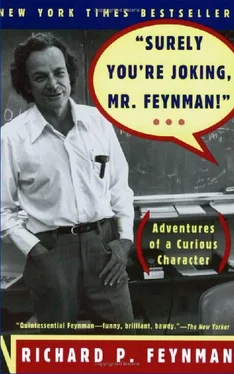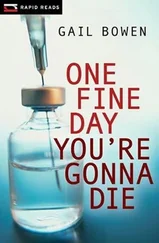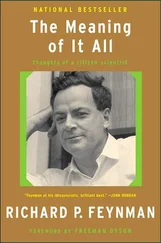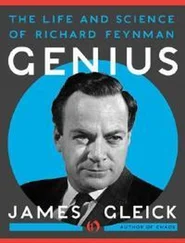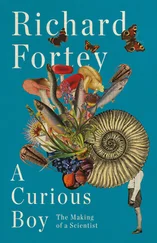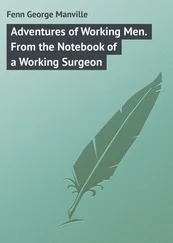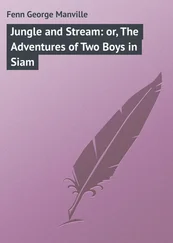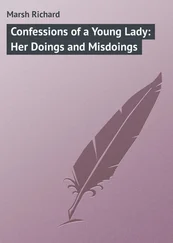Jerry turned out to be a very good teacher. He told me first to go home and draw anything. So I tried to draw a shoe; then I tried to draw a flower in a pot. It was a mess!
The next time we met I showed him my attempts: “Oh, look!” he said. “You see, around in back here, the line of the flower pot doesn’t touch the leaf.” (I had meant the line to come up to the leaf.) “That’s very good. It’s a way of showing depth. That’s very clever of you.”
“And the fact that you don’t make all the lines the same thickness (which I didn’t mean to do) is good. A drawing with all the lines the same thickness is dull.” It continued like that: Everything that I thought was a mistake, he used to teach me something in a positive way. He never said it was wrong; he never put me down. So I kept on trying, and I gradually got a little bit better, but I was never satisfied.
To get more practice I also signed up for a correspondence school course, with International Correspondence Schools, and I must say they were good. They started me off drawing pyramids and cylinders, shading them and so on. We covered many areas: drawing, pastels, watercolors, and paints. Near the end I petered out: I made an oil painting for them, but I never sent it in. They kept sending me letters urging me to continue. They were very good.
I practiced drawing all the time, and became very interested in it. If I was at a meeting that wasn’t getting anywhere—like the one where Carl Rogers came to Caltech to discuss with us whether Caltech should develop a psychology department—I would draw the other people. I had a little pad of paper I kept with me and I practiced drawing wherever I went. So, as Jerry taught me, I worked very hard.
Jerry, on the other hand, didn’t learn much physics. His mind wandered too easily. I tried to teach him something about electricity and magnetism, but as soon as I mentioned electricity, he’d tell me about some motor he had that didn’t work, and how might he fix it. When I tried to show him how an electromagnet works by making a little coil of wire and hanging a nail on a piece of string, I put the voltage on, the nail swung into the coil, and Jerry said, “Ooh! It’s just like fucking!” So that was the end of that.
So now we have a new argument—whether he’s a better teacher than I was, or I’m a better student than he was.
I gave up the idea of trying to get an artist to appreciate the feeling I had about nature so he could portray it. I would flow have to double my efforts in learning to draw so I could do it myself. It was a very ambitious undertaking, and I kept the idea entirely to myself, because the odds were I would never be able to do it.
Early on in the process of learning to draw, some lady I knew saw my attempts and said, “You should go down to the Pasadena Art Museum. They have drawing classes there, with models—nude models.”
“No,” I said; “I can’t draw well enough: I’d feel very embarrassed.”
“You’re good enough; you should see some of the others!”
So I worked up enough courage to go down there. In the first lesson they told us about newsprint—very large sheets of low-grade paper, the size of a newspaper—and the various kinds of pencils and charcoal to get. For the second class a model came, and she started off with a ten-minute pose.
I started to draw the model, and by the time I’d done one leg, the ten minutes were up. I looked around and saw that everyone else had already drawn a complete picture, with shading in the back—the whole business.
I realized I was way out of my depth. But finally at the end, the model was going to pose for thirty minutes. I worked very hard, and with great effort I was able to draw her whole outline. This time there was half a hope. So this time I didn’t cover up my drawing, as I had done with all the previous ones.
We went around to look at what the others had done, and I discovered what they could really do: they draw the model, with details and shadows, the pocketbook that’s on the bench she’s sitting on, the platform, everything! They’ve all gone zip, zip, zip, zip, zip with the charcoal, all over, and I figure it’s hopeless—utterly hopeless.
I go back to cover up my drawing, which consists of a few lines crowded into the upper left-hand corner of the newsprint—I had, until then, only been drawing on 8˝ X 11 paper—but some others in the class are standing nearby: Oh, look at this one,” one of them says. “Every line counts!” I didn’t know what that meant, exactly, but I felt encouraged enough to come to the next class. In the meantime, Jerry kept telling me that drawings that are too full aren’t any good. His job was to teach me not to worry about the others, so he’d tell me they weren’t so hot.
I noticed that the teacher didn’t tell people much (the only thing he told me was my picture was too small on the page). Instead, he tried to inspire us to experiment with new approaches. I thought of how we teach physics: We have so many techniques—so many mathematical methods—that we never stop telling the students how to do things. On the other hand, the drawing teacher is afraid to tell you anything. If your lines are very heavy, the teacher can’t say, “Your lines are too heavy,” because some artist has figured out a way of making great pictures using heavy lines. The teacher doesn’t want to push you in some particular direction. So the drawing teacher has this problem of communicating how to draw by osmosis and not by instruction, while the physics teacher has the problem of always teaching techniques, rather than the spirit, of how to go about solving physical Problems.
They were always telling me to “loosen up,” to become more relaxed about drawing. I figured that made no more sense than telling someone who’s just learning to drive to “loosen up” at the wheel. It isn’t going to work. Only after you know how to do it carefully can you begin to loosen up. So I resisted this perennial loosen-up stuff.
One exercise they had invented for loosening us up was to draw without looking at the paper. Don’t take your eyes off the model; just look at her and make the lines on the paper without looking at what you’re doing.
One of the guys says, “I can’t help it. I have to cheat. I bet everybody’s cheating!”
“ I’m not cheating!” I say.
“Aw, baloney!” they say.
I finish the exercise and they come over to look at what I had drawn. They found that, indeed, I was NOT cheating; at the very beginning my pencil point had busted, and there was nothing but impressions on the paper.
When I finally got my pencil to work, I tried it again. I found that my drawing had a kind of strength—a funny, semi-Picasso-like strength—which appealed to me. The reason I felt good about that drawing was, I knew it was impossible to draw well that way, and therefore it didn’t have to be good—and that’s really what the loosening up was all about. I had thought that “loosen up” meant “make sloppy drawings,” but it really meant to relax and riot worry about how the drawing is going to come out.
I made a lot of progress in the class, and I was feeling pretty good. Up until the last session, all the models we had were rather heavy and out of shape; they were rather interesting to draw. But in the last class we had a model who was a nifty blonde, perfectly proportioned. It was then that I discovered that I still didn’t know how to draw: I couldn’t make anything come out that looked anything like this beautiful girl! With the other models, if you draw something a little too big or bit too small, it doesn’t make any difference because it’s all out of shape anyway. But when you’re trying to draw something that’s so well put together, you can’t fool yourself: It’s got to be just right!
Читать дальше
